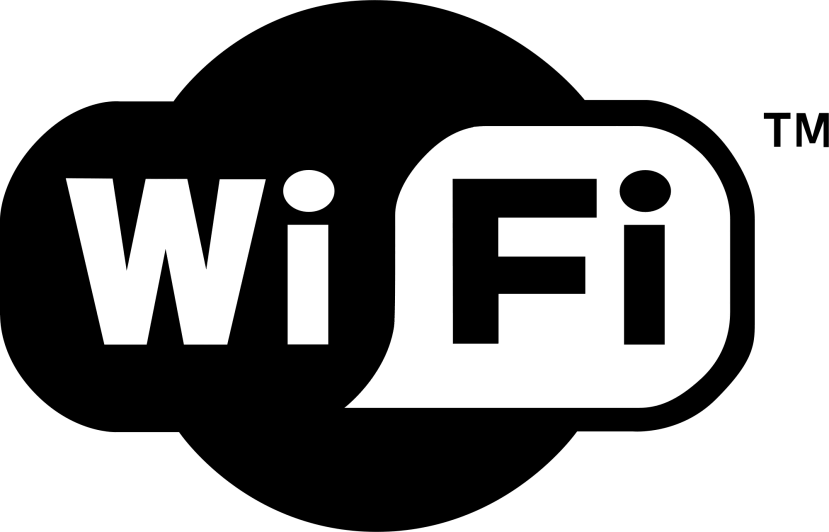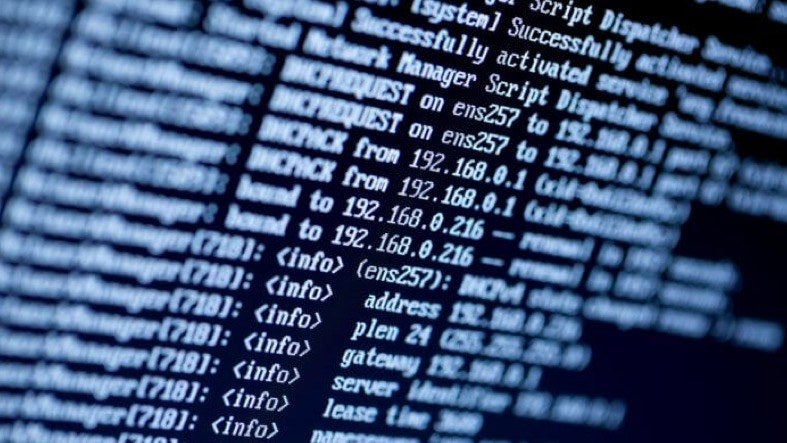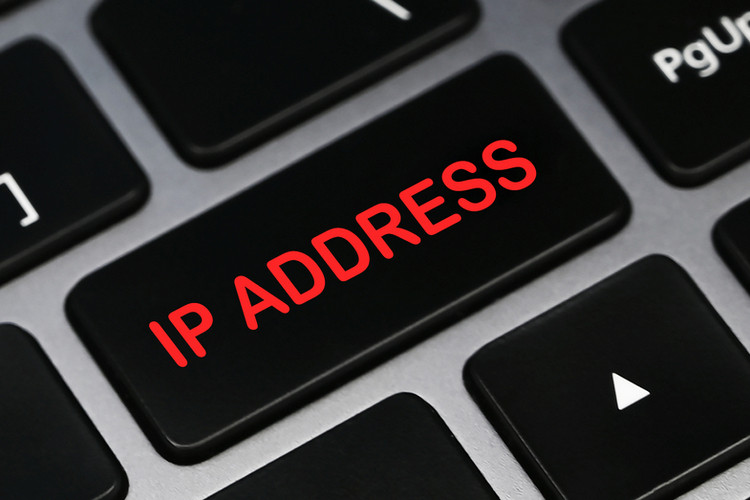IP addresses and everything around this subject can be both intimidating and confusing for the average consumer, leading to many questions such as – Does my IP address change every time I connect to a different Wi-Fi network?

If you’re looking for a simple yes or no answer, the answer is YES : Your IP address will change every time you change the Wi-Fi network. But, if you would like to learn why that, stick around and let us explain.
What Is An IP Address?
IP address or Internet Protocol address is something like a post office address for your computer on the internet. It is made out of four sets of numbers divided by dots, and it is used so the other computers on the network and the internet can know who is requesting the data and where to send them.
For example, when you want to watch a Youtube video, your computer will request that video by sending a request to the Youtube server.
That request will contain your IP address, and Youtube will start sending that video to the address that requested it. The same goes for any type of content online. Whether it is a webpage, photo, video, file, principle stay the same.

Your computer sends a request containing the IP address to the server on the other end, then that server sends the data back to the IP address that requested it. Internet communication would be impossible without an IP address, just like mailing without postal addresses.
Reading this, you might get even more confused. If that is the case, how come you’re getting a different IP address every time you connect to another Wi-Fi network? Well, that is because there are two types of IP addresses, and you’re kind of using both of them. One is your public IP address, and the other is a private IP address.
A public IP address is assigned to the network and stays the same at all times, while the private IP address is leased to an individual device for a fixed time, after which it can be assigned to a different one. To understand why that is the case, we need to travel back in time to a period when there were not as many devices connected to the internet as there are now.
Public VS Local IP Address
We are currently using the IPv4 protocol and aiming to transition to IPv6. The IPv4 uses 32 bits to generate a unique IP address for an individual device connected to the internet. However, those 32bit can generate only 4,3 billion unique addresses. This number may seem large, but keep in mind that there are so many different devices nowadays that require an internet connection.

From PCs, tablets, and mobile phones to TVs, gaming consoles, and even smart home appliances like fridges and AC units. When you take all that into account and multiply it by a global population, you’ll soon realize that those 4,3 billion IP addresses won’t be enough for the entire world.
So, to allow all those devices to be connected to the internet, engineers came up with several different technologies designed as a temporary fix before we make a complete transition to IPv6. One of those technologies is DHCP, and this Dynamic Host Configuration Protocol changes your IP address every time you connect to a different Wi-Fi.
So, how it all works?
DHCP
Like we mentioned above, DHCP or Dynamic Host Configuration Protocol is created to help with a global shortage of IP addresses.
It works by temporarily assigning, or more precisely, leasing an IP address from its pool, separate from the public IP, to every device that connects to the network.
When you sign a contract with your ISP, they will provide you with a unique, public IP address. If you want to use a single device on the internet, you can use this IP address, and it will remain the same at all times.
However, since people need internet access on multiple devices, they need some way to get an IP address for each of them. And that is what DHCP does. It is installed on the Wi-Fi router and leases private IP addresses to every connected device. This address will remain assigned to that specific device for a predefined time and then be reassigned to another one.
Recommended reading:
- Can Someone on the Same Wi-Fi See Your History?
- Can Someone Hack into My Phone Through Wi-Fi?
- How Far Apart Can Google Wi-Fi Points Be?
To help understand this better, think about the public IP address as a ZIP code and the private IP as a home address.
When you move to a different Wi-Fi, you will use another “ZIP code” and have a different “home address.”
Still, since you’re getting your IP address for a fixed time, you might switch between two networks and retain the same address until the lease expires.
For example, you connected to the Wi-Fi network WIFI_ONE and DHCP assigned you with a private IP 192.168.100.100. Then you switch to the network WIFI_TWO where you will have a different, private IP address. If you go back to WIFI_ONE before your lease expires, you’ll get the same private IP address – 192.168.100.100
Summary
Every time you change the Wi-Fi network you’re connected to, you’ll get a different IP address. This will happen because of the shortage of public IP addresses we are using to identify different devices on the internet.
Currently, we are using an IPv4 that utilizes 32bit to create unique, public IP addresses. Thirty-two bits sum to approx 4,3 billion unique public IP addresses, which is not nearly enough to meet the demand. So, there was a need to solve this problem, and one of the technologies invented to cope with that was DHCP or Dynamic Host Configuration Protocol.
This protocol allows you to have one public IP address provided by your internet service provider for your entire network. At the same time, all the devices on your network get temporary, private IP addresses from the DHCP pool. Therefore, every time you change Wi-FI, a DHCP server installed on that specific router will assign a different private IP address.

Hey, I’m Jeremy Clifford. I hold a bachelor’s degree in information systems, and I’m a certified network specialist. I worked for several internet providers in LA, San Francisco, Sacramento, and Seattle over the past 21 years.
I worked as a customer service operator, field technician, network engineer, and network specialist. During my career in networking, I’ve come across numerous modems, gateways, routers, and other networking hardware. I’ve installed network equipment, fixed it, designed and administrated networks, etc.
Networking is my passion, and I’m eager to share everything I know with you. On this website, you can read my modem and router reviews, as well as various how-to guides designed to help you solve your network problems. I want to liberate you from the fear that most users feel when they have to deal with modem and router settings.
My favorite free-time activities are gaming, movie-watching, and cooking. I also enjoy fishing, although I’m not good at it. What I’m good at is annoying David when we are fishing together. Apparently, you’re not supposed to talk or laugh while fishing – it scares the fishes.
